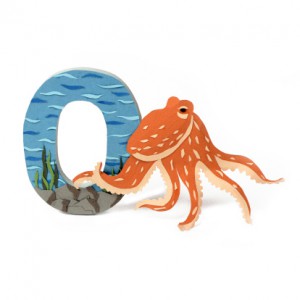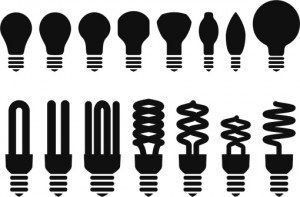In Search of the Right Font
It’s not what you say, it’s how you say it.
Remember this old adage?
Words do not matter as much as how you get them across. Be persuasive enough, and you can convince people to buy or concede anything. Be kind enough, and you can make them overlook the bad news your are telling them.
While the saying is typically used in regards to verbal conversation, reminding speakers to mind their tones, the creative art director of an advertising agency knows this phrase is never more true than in advertising. In ad work, getting a message across in the right way is the secret to success, and finding the right font for an ad campaign is part of that message.
Readability
It doesn’t matter how you say it if your audience can’t understand you.
In advertising, a difficult-to-read font is the equivalent of garbling your words. First and foremost, the font you use must be legible and readable. This often means forgoing a designer font for simpler fonts that can actually be read. Award-winning science non-profit Science Buddies provides some insight into font readability. For a title to be visible from across the room, according to them, at least a 150-point font is required, while an 8-point font is the smallest comfortable font size for close reading, such as in magazines. And as for curvy, fancy fonts? Science Buddies say no.
Keep in mind that what you view as a readable font may not be readable to everyone. Before going with an ad, let several people look at it, and include some older adults in your reading group. If any person struggles over a single word, change the font.
Style
Here’s where the “how you say it” from that old adage comes into play.
While readability is essential to an advertisement, it rarely trumps the delivery of the message. Style is what advertising is all about. The trick is finding the right look for the project, which isn’t always easy. You might have a general idea of what you want, such as traditional or modern, but there are plenty of traditional and modern fonts available, so it still always comes down to that gut feeling of which font looks better.
If you prefer not to go with your gut in your design work, narrow your font choices to a reasonable number, like three or four, and do a mock-up with each font. Then, show them to the client and go with the client’s gut instinct instead.
Custom
The slew of fonts already out there in the world can be overwhelming, and yet you still may not find the font you want when it comes to a particular project. If nothing seems to fit, or if a client isn’t satisfied with those you have found, it may be time to customize.
Creating a custom font requires plenty of creativity, design skill and vector know-how, but if you have the ability to create fonts, you have a nearly limitless supply of lettering options, so it’s a design skill worth learning.
Every ability you add to your portfolio makes you a more desirable freelancer or job candidate, so always try new things and keep building your skill set. And when you are ready for creative job placement, contact us today to learn more.
Riley L is a freelance writer available on WriterAccess, a marketplace where clients and expert writers connect for assignments.



